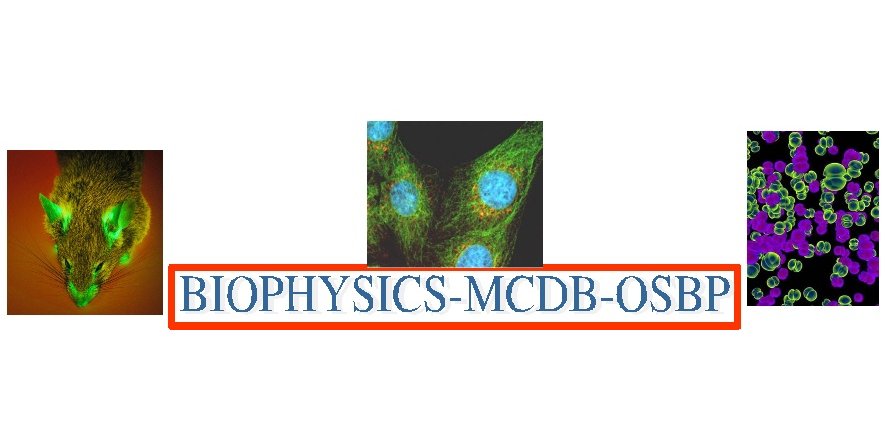Interdisciplinary Graduate Programs Symposium

2010 OSU Molecular Life Sciences
Interdisciplinary Graduate Programs Symposium

Poster abstracts
Abstract:
B cell chronic lymphocytic leukemia (B-CLL) is the most common human leukemia in the western world, accounting for more then 30% leukemia cases. B-CLL is characterized with expansion of rare mature B-lymphocytes with B220+IgM+CD5+ phenotype.
Transgenic Tcl1 mice overexpressing T cell leukemia/lymphoma 1 (TCL1) oncogene develop leukemia similar to aggressive human B-CLL. CD5+IgM+ cell population becomes evident in spleen at 4 months, and at 8 months mice show enlarged spleen and a high cellularity in the peritoneal cavity. By the age of 10-20 months, mice become visibly ill with typical B-CLL symptoms.
Tcl1 physically interacts with the subunits of activator protein 1 (AP-1) and inhibits AP-1 transcriptional activity by promoting cell survival and reducing apoptosis. All coding exons of TCL1 gene were sequenced in 600 human B-CLL samples and 2 hemizygous mutations were found: T38I and R52H. Both TCL1 mutants showed gain of function as AP-1 inhibitors with T38I mutant being 50 fold more potent in AP-1 inhibition compared to the wild type TCL1. These results imply that AP-1-dependent transcription inhibition by TCL1 is critical in the B-CLL pathogenesis.
Eμ -TCL1-WT and Eμ-TCL1-T38I transgenic founder mice were generated to establish TCL1 WT and T38I mutant lines. WT and T38I TCL1 were placed under the control of a Vh promoter and Igh-μ enhancer. Total of 10 WT and 14 T38I mutant founder lines were analyzed. Western blot results showed moderate to high levels of TCl1 expression in spleens of 11 T38I and 6 WT founders. FACS analysis showed IgM+CD5+ expanded B-cell population in total lymphocytes isolated from a 4 months old T38I mouse. The established lines are currently being characterized to determine whether B-CLL in T38I mice develops earlier and/or is more severe than tumors in Tcl1-WT mice. Further positive results will confirm that the oncogenic role of TCL1 in B-cells depends on AP-1 inhibition.
References:
Virgilio, L., Lazzeri, C., Bichi, R., Nibu, K., Narducci, M. G., Russo, G., Rothstein, J. L., and Croce, C.M. Deregulated expression of TCL1 causes T cell leukemia in mice. Proc Natl Acad Sci U S A, 95:3885-3889, 1998.
Bichi, R., Shinton, S. A., Martin, E. S., Koval, A., Calin, G. A., Cesari, R., Russo, G., Hardy, R. R., and Croce, C. M. Human chronic lymphocytic leukemia modeled in mouse by targeted TCL1 expression.Proc Natl Acad Sci U S A, 99: 6955-6960, 2002.
Pekarsky, Y., Palamarchuk, A., Maximov, V., Efanov, A., Nazaryan, N., Santanam, U., Rassenti, L.,Kipps, T., and Croce, C. M. Tcl1 functions as a transcriptional regulator and is directly involved in the pathogenesis of CLL. Proc Natl Acad Sci U S A, 105: 19643-19648, 2008.
Keywords: TCL1, CLL, leukemia, AP1